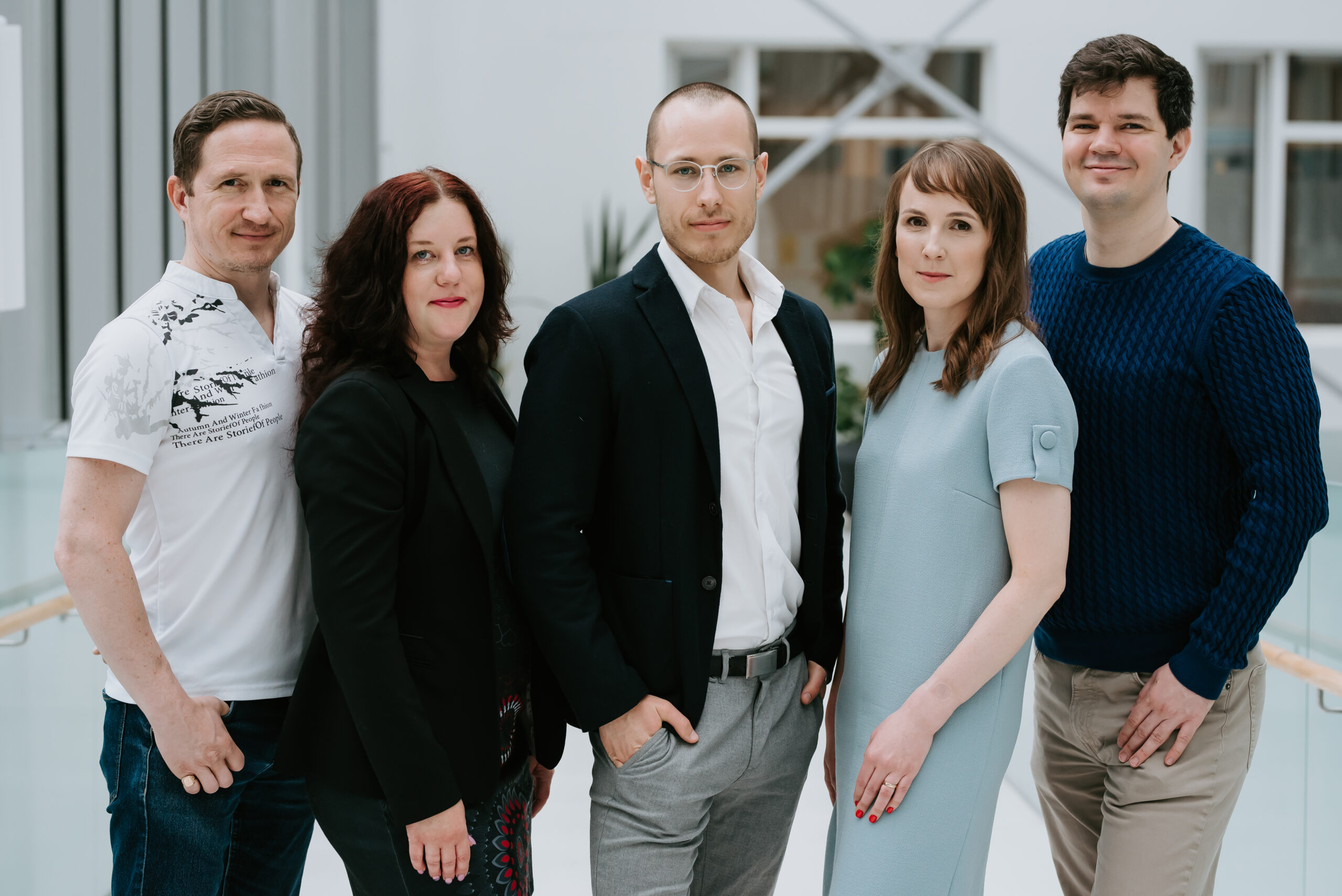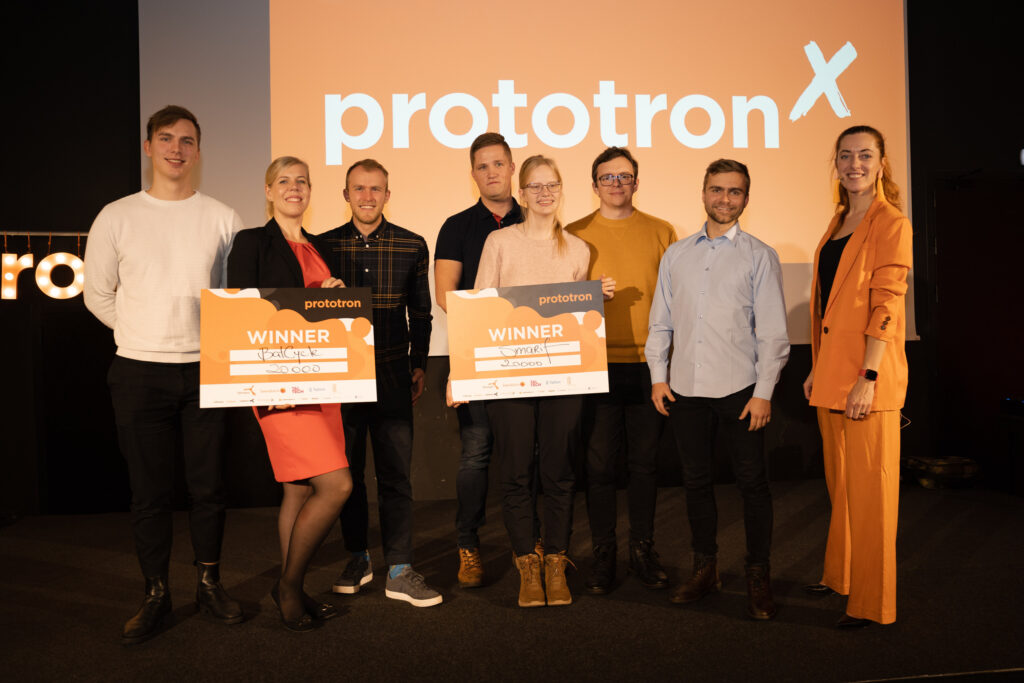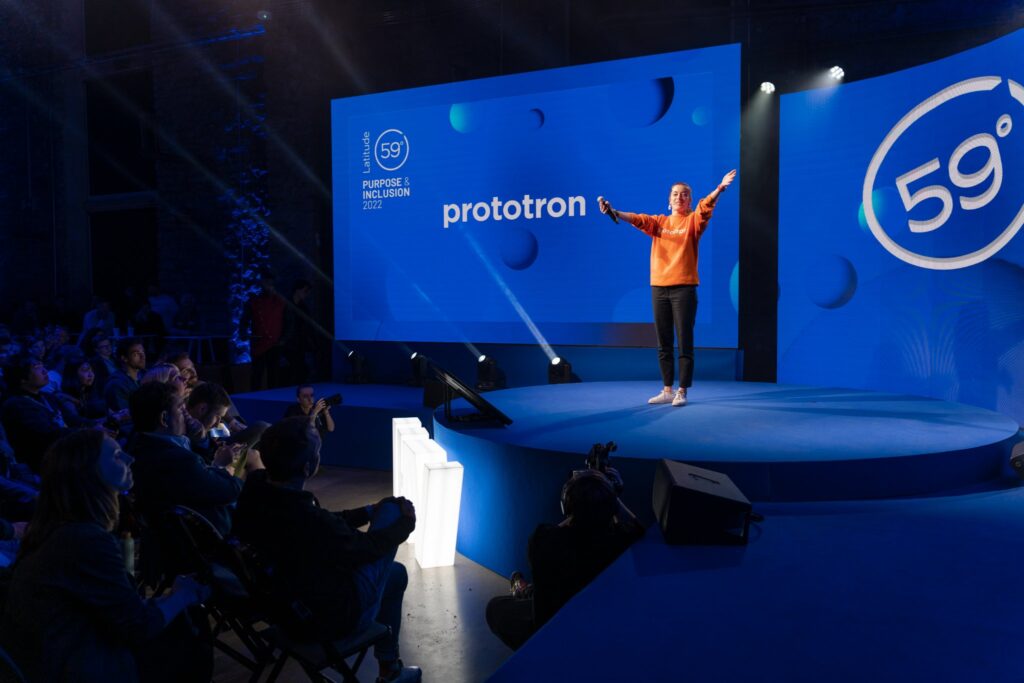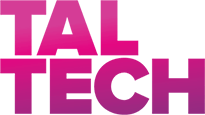Migrevention – a ray of hope for migraine sufferers

Migrevention will become the world’s first fully digital headache clinic with a headache diary, a needs-based module for patients, and a desktop for professionals to monitor their patient treatment outcomes and assign them a variety of tasks.
The story of Migrevention began with the 2018 Migraine Innovation Challenge and Hack. Katrina was a patient representative, mentor, and jury member there. In addition, neurologist Dr. Mark Braschinsky (research manager of Migrevetnion) and clinical psychologist Triinu Niiberg-Pikksööt (finance manager of Migrevention) participated, among others. “The need for a patient- and specialist-friendly migraine treatment solution had already been proven at that time, but since none of the participating teams came out with the solution in real-time, we started acting at the beginning of 2020,” says Katrina about the birth of the digital solution.
By now, the team has been in operation for a year, and we can reveal what has been done in that time.
Migrevention made one part of the digital headache clinic – the headache diary – available to patients free of charge.
What is a headache diary, and why is it used?
The headache diary is a digital helper for every person suffering from headaches and migraines, recording the frequency of attacks and the medications used. The diary can be used to monitor the response of attacks to treatment. The Migrevention Diary also allows you to identify triggers and other factors that may affect a headache attack, as well as assess your pain intensity, monitor patterns between medications and pain attacks, and send summaries to your family physician or neurologist. The aim of the diary is to help raise awareness of and monitor headaches and thus improve the effectiveness of all headache treatments.
Why can’t I keep this diary in a regular notebook?
It is possible, and up to now, people were asked to keep a diary in a notebook or in a paper diary given by headache specialists. Katrina was able to answer this question from her own experience: filling in paper diaries is often inaccurate because it is done afterward – during a migraine attack, one would not have the paper diary on them or in a convenient place. The first digital headache diaries were created about ten years ago, and today the development is noticeable. However, patients have described many digital diaries as too complex. The headache diary belonging to the Migrevention digital headache clinic has been created together with Estonian patients and headache specialists, taking into account the needs of both.
In the Kuku radio podcast Patsiendiminutid (Patient Minutes), Katrina also mentioned the plan to create an opportunity to configure the diary according to the user’s needs. For example, users have expressed a desire to monitor diet and fluid intake. [podcast link] The diary is evolving, and users’ wishes are being taken into account. The current, very simple version of the diary, which is suitable for many people precisely because of its simplicity, will certainly stay available.
Future plans?
The headache diary can already be used, and soon there will be need-based counseling by the headache nurse. The part of the patient application that is connected to the specialist’s desktop and helps different specialists (doctor, nurse, physiotherapist, and clinical psychologist) to better assess the patient’s condition and prescribe treatment is also ready.
Careful monitoring, proper treatment, and changes in one’s own behavior can reduce the severity and frequency of migraine attacks.
Migraine is the third most common disease in the world, but to this day, it is very underdiagnosed and undertreated. The long-term goal of Migrevention is to bring to the market a long-term solution for migraine, where the user receives all the treatment and intervention he or she needs without leaving home. A prototype of a digital headache clinic successfully conducted a primary clinical pilot study in 10 patients from November last year to January of this year at the University of Tartu Hospital. Studies will soon be continued in a larger number of patients. The headache clinic is not a wellness application but a digital medical device. That is why making the headache clinic solution available to all patients requires thorough research before it can be fully implemented in the medical system.
Hopefully, in the future, everyone who suffers from this disease will receive relief from migraines at the Migrevention digital headache clinic – there are about 200,000 migraine patients in Estonia alone. In any case, Katrina and the Migrevention team look more hopefully to a freer future of headaches. You can also do that together with them.
The digital headache log can be downloaded onto your phone here or here, depending on the device. Further reading can be found here.









































facebook
instagram
twitter
linkedin